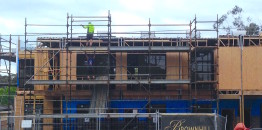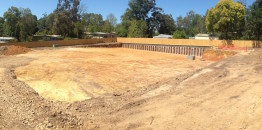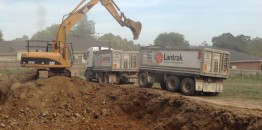 When you throw a stone into a calm pool of water you get ripples moving out from where the stone landed. In property, the ripple effect occurs when a suburb becomes so popular it becomes unaffordable for many people who want to live there. This rise in popularity and prices can often push buyers into neighbouring suburbs to try and buy properties at more affordable prices.
When you throw a stone into a calm pool of water you get ripples moving out from where the stone landed. In property, the ripple effect occurs when a suburb becomes so popular it becomes unaffordable for many people who want to live there. This rise in popularity and prices can often push buyers into neighbouring suburbs to try and buy properties at more affordable prices.
This increased interest in neighbouring suburbs will then often lead to an increase in prices, and this is known as the ripple effect.
Croydon vs Mooroolbark
For example if you are looking to buy a house in Croydon, you might find that prices have increased beyond your budget. In order to stay close to Croydon you look at the suburbs next door like Mooroolbark, Kilsyth or Chirnside Park to see if you can pick up something that suits your needs and budget.
You might find that prices are five percent lower than Croydon and that you prefer to save some money and wait for the ripple effect to increase the popularity of the suburb and value of your property.
In the neighbouring suburb, you might find better value with the same attractions and conveniences like train stations, shops, parks and schools. Smart buyers and investors will often look at the neighbouring suburbs of booming and popular suburbs to get ahead of the ripple and boost their capital gains and equity in their property.
So if you are having trouble getting into a suburb that you like, try looking next door to see what value you might get there.
Have you ever used the ripple effect to your advantage?







{ 0 comments… add one }